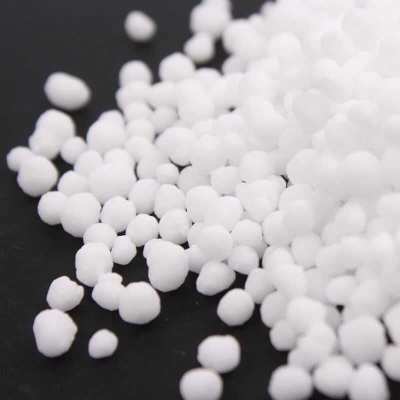-
Categories
-
Pharmaceutical Intermediates
-
Active Pharmaceutical Ingredients
-
Food Additives
- Industrial Coatings
- Agrochemicals
- Dyes and Pigments
- Surfactant
- Flavors and Fragrances
- Chemical Reagents
- Catalyst and Auxiliary
- Natural Products
- Inorganic Chemistry
-
Organic Chemistry
-
Biochemical Engineering
- Analytical Chemistry
- Cosmetic Ingredient
-
Pharmaceutical Intermediates
Promotion
ECHEMI Mall
Wholesale
Weekly Price
Exhibition
News
-
Trade Service
Russia Tomsk University of Technology cooperated with Changchun University of Science and Technology to develop an oxidized inorganic glass optical material that can display radiation on the screen
.
Relevant experts pointed out that this visual radiation optical material can be widely used in the fields of optical communications, optoelectronics, and medical computers
.
Related research was published in "Journal of Luminescence"
.
? A scintillator is a substance that emits visible light when charged particles hit the scintillator
.
These substances are essential for the creation of detectors and radiation meters, as well as medical optoelectronics, security systems, and many other fields
.
Researchers believe that one of the most widely used scintillators is a multi-component glass with a high content of rare earth ions, in addition to inorganic single crystals
.
At present, the efficiency of inorganic single crystal is much higher than that of glass, but its disadvantage is that the price is extremely high, the cost is extremely high, and the manufacturing difficulty is different
.
? Russia Tomsk University of Technology cooperated with Changchun University of Science and Technology researchers to obtain scintillator materials from multi-component glass, the light output of which is about 60% of the current common bismuth germanate crystals (Bi4Ge3O12)
.
? Associate Professor Damir Valiev of the Department of Materials Science, Tomsk University of Technology, Russia said: "Multi-component amorphous systems have higher solubility than rare earth ions, which helps to produce optical materials with high transparency and humidity resistance
.
Compared with crystal analogues, our technical achievements have reached 63.
9% of the total scintillation efficiency.
In the future, this type of glass will be more widely used in optoelectronics
.
"? Damir Valiev said that the researchers in the experiment The data obtained may be used in the production of high-efficiency radiation systems and ionizing radiation detectors in the future, including promising high-resolution three-dimensional imaging fiber optic detectors
.
The use of new technologies will also greatly reduce the cost of equipment such as medical computed tomography
.
(Reporter Dong Yingbi)
.
Relevant experts pointed out that this visual radiation optical material can be widely used in the fields of optical communications, optoelectronics, and medical computers
.
Related research was published in "Journal of Luminescence"
.
? A scintillator is a substance that emits visible light when charged particles hit the scintillator
.
These substances are essential for the creation of detectors and radiation meters, as well as medical optoelectronics, security systems, and many other fields
.
Researchers believe that one of the most widely used scintillators is a multi-component glass with a high content of rare earth ions, in addition to inorganic single crystals
.
At present, the efficiency of inorganic single crystal is much higher than that of glass, but its disadvantage is that the price is extremely high, the cost is extremely high, and the manufacturing difficulty is different
.
? Russia Tomsk University of Technology cooperated with Changchun University of Science and Technology researchers to obtain scintillator materials from multi-component glass, the light output of which is about 60% of the current common bismuth germanate crystals (Bi4Ge3O12)
.
? Associate Professor Damir Valiev of the Department of Materials Science, Tomsk University of Technology, Russia said: "Multi-component amorphous systems have higher solubility than rare earth ions, which helps to produce optical materials with high transparency and humidity resistance
.
Compared with crystal analogues, our technical achievements have reached 63.
9% of the total scintillation efficiency.
In the future, this type of glass will be more widely used in optoelectronics
.
"? Damir Valiev said that the researchers in the experiment The data obtained may be used in the production of high-efficiency radiation systems and ionizing radiation detectors in the future, including promising high-resolution three-dimensional imaging fiber optic detectors
.
The use of new technologies will also greatly reduce the cost of equipment such as medical computed tomography
.
(Reporter Dong Yingbi)







